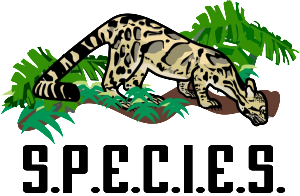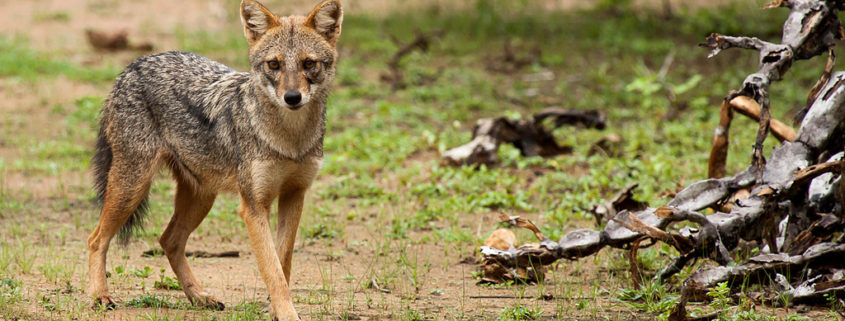Sri Lankan Jackal
The jackal is a cunning and resourceful species found all over the world, and the Sri Lankan Jackal (Canis aureus naria) is no exception. The Sri Lankan Jackal is one of thirteen subspecies of the Golden Jackal, and as you can guess by its name, this jackal lives in Sri Lanka and southern parts of India. The jackal is slightly smaller than a wolf, with smaller legs, body, and tail overall. Its back is covered with black and white fur with a brown background. This beautiful canine is mysterious, curious, and agile. However, don’t be fooled by its good looks. This jackal is a skilled hunter and scavenger, carnivore and herbivore. As a pack animal, they can organize and take down large prey. The pack also waits for other predators to make a kill, fill up, and then scavenge the rest of the food. The jackal has a wide range diet that consists of small animals including rodents, birds, mice, young gazelles, reptiles, and also fruits. This diet allows the jackal to thrive in varying niches that include forest, grasslands, semi-urban, rural, and arid areas.
Since the jackal has adapted and thrived in different habitats, it is currently listed as “least concern”. However, there are still concerning threats impacting the Sri Lankan Jackal. Human overpopulation in India constantly pressures wildlife through habitat loss, industrialization, agricultural and livestock expansion. In addition, Sri Lankan locals fear that the jackals will transmit rabies and other diseases to themselves and their domesticated dogs. Another threat is the trade of jackal’s pelts and tails, but the Wildlife Protection Act hopes to minimize this. Conservation efforts mainly target educating communities on how to coexist with these intelligent canines and decrease hostile actions towards them.
As urban development increases in Sri Lanka, the rich biological community continues to be threatened. The S.P.E.C.I.E.S. project hopes to understand the carnivores in Sri Lanka that are threatened or have the potential to be threatened through surveying the current status and future of carnivore species. Learn more about our project in Sri Lanka here.




